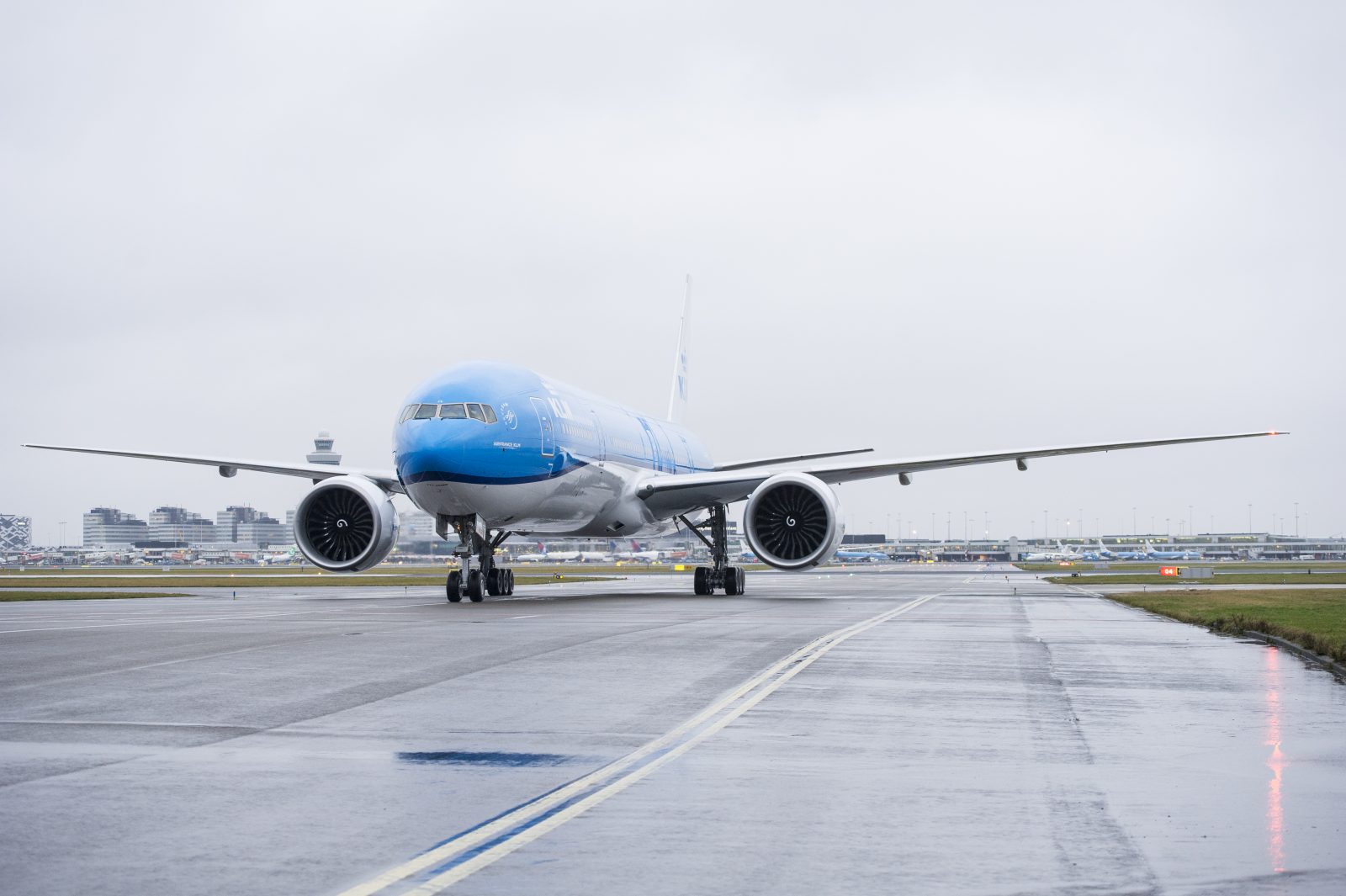
Earlier today, a KLM Royal Dutch Airlines plane en-route from Amsterdam to Kuala Lumpur was forced to make an emergency diversion to the island of Phuket, Thailand after a passenger’s mobile phone overheated and caught fire. The airline said the faulty mobile device caused smoke to fill the cabin but flight attendants were able to quickly distinguish the blaze.
Further details about exactly what happened are still fairly scant but KLM congratulated its cabin crew in handling what must have been a terrifying incident so well. The Boeing 777-300 aircraft, which is configured to carry as many as 408 passengers, was in the middle of the Andaman Sea when the drama first started to unfold.
The airline’s statement said the Captain took the decision to divert the aircraft as a “precautionary measure”. Once on the ground, however, a safety check of the cabin was ordered and this resulted in the flight and cabin crew going over their maximum legal working hours.
Passengers and crew have been taken to local hotels, with the onward flight incurring an approximate 18-hour delay. KLM was keen to stress that at “no time were passengers or crew in danger” and there were no reports of injuries.
This is just the latest example of a lithium battery catching fire mid-flight with several recent incidents hitting the headlines in the last few months. In February, footage of a lithium power bank catching fire in the overhead bin of a China Southern aircraft – which was thankfully still on the ground in Guangzhou went viral.
The power bank had overheated after a passenger placed his bag in the overhead bin. A flight attendant immediately responded to the fire but was criticised for dousing the flames with bottled water and even fruit juice.
While the flight attendant’s approach may have seemed unorthodox, it certainly did the trick and immediately calmed the fire. Of course, there are much better tools available in the cabin crew toolbox, including halon extinguishers, but immersing an overheated lithium battery in water (or anything wet and non-alcoholic) to prevent reignition is strongly advised by aviation safety bodies.
The fact that halon, a once popular and very effective fire suppressant which was first banned in the Montreal Protocol of 1987 because of its effect on the environment, is still used to fight fires onboard planes just goes to show how dangerous even a seemingly small mid-flight fire could be.
Once again, this incident highlights the need to ensure lithium passengers are never placed in hold luggage by passengers – but kept in the cabin where firefighting equipment is ready to be used.
At the end of last year, a number of major international airlines made sweeping changes to how they dealt with so-called ‘Smart Luggage’. Once touted as the next big thing for the frequent traveller, these bags typically contained power banks, USB connections and GPS devices.
But carriers including American Airlines, Delta, Cathay Pacific and many others have banned Smart Luggage which contains non-removable lithium batteries – for the fear that they could end up in the aircraft hold.
One Smart Bag manufacturer, Bluesmart, which once managed to raise $2.71 million in crowdfunding was recently forced to file for bankruptcy on the back of the rule change.
Mateusz Maszczynski honed his skills as an international flight attendant at the most prominent airline in the Middle East and has been flying ever since... most recently for a well known European airline. Matt is passionate about the aviation industry and has become an expert in passenger experience and human-centric stories. Always keeping an ear close to the ground, Matt's industry insights, analysis and news coverage is frequently relied upon by some of the biggest names in journalism.







